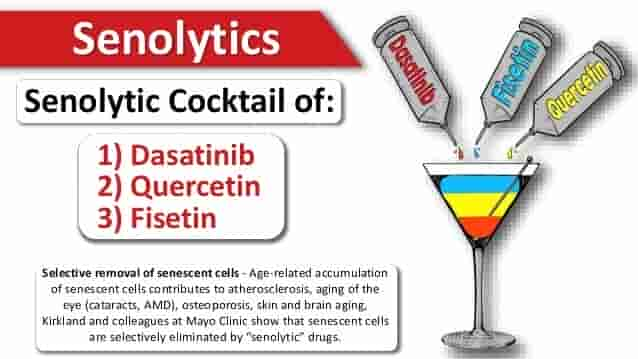In the United States, 15 million adults get affected with chronic back pain. When someone suffers from back pain, there is an increase in healthcare costs and the possibility of not being able to go to work. The most common cause of back pain is degeneration of the discs, which is a common occurrence that comes with aging.
This being a concern, a group of researchers worked on a drug cocktail that was tested on mice. Results showed that the drug cocktail can remove aging cells and reduce aging-associated disc degeneration.
The research was launched by Thomas Jefferson University’s Makarand Risbud, Ph.D., James J. Maguire Jr., Professor of Spine Research in orthopedic surgery, division director of orthopedic research, and co-director of the cell biology and regenerative medicine graduate program, and their colleagues, Medical Express reported.
Their latest findings were published in Nature Communications and it is a step forward in finding a cure for back pain. Currently, surgery or steroid injections are the top options to treat low back pain caused by disc degeneration. However, the majority of patients having this problem do not meet the criteria for surgery. Epidural steroid, on the other hand, does not work well more often than not. Painkillers are likewise an option but prolonged use of such carries the possibility of addiction.
Risbud said in the published report that once the intervertebral discs degenerate, “there is very little regeneration that happens.” Although the drug cocktail does not help with the regeneration, the drug cocktail makes it “possible to mitigate the disc degeneration that happens with aging.”

Risbud and his team also worked with Brian Diekman, Ph.D., an assistant professor of biomedical engineering at the University of North Carolina in Chapel Hill, to find a noninvasive treatment for back pain from disc degeneration. They used small molecules known as senolytics and these drugs target the cells in the body that are involved in senescence, the process of age-related deterioration. During this process, every tissue in a person’s body accumulates senescent cells, which secret destructive enzymes and inflammatory proteins. In turn, it affects nearby healthy cells making the deterioration faster.
With the use of senolytics, it removes senescent cells so that new cells can replace them. The long-term effect of such removal is an improvement in the tissue’s functions. The senolytics drugs they used in the research are dasatinib and quercetin. These two drugs have been great in treating scarring in the lung tissue. Risbud cautioned in the report that although the drugs work in one tissue, it does not mean that they will also work in another. These drugs were then tested on mice every week to see if they can help with age-related disc degeneration.
Per the result, the younger animals received more benefit from the drug cocktails and actually had a protective effect. Young and middle-aged mice that received the senolytic cocktail showed less disc degeneration and fewer senescent cells after they reached an advanced age compared to mice given a placebo.
Risbud further added of their findings, “We anticipated that in tissues with a lot of senescence, removing the senescent cells would make a big difference, but it didn’t. The therapy was most effective when we started treating the mice when those senescent cells were just beginning to emerge. Our findings show that if given early, senolytic drugs can actually slow disc degeneration. This is a novel preventive approach.” There is a possibility that people will have to take these cocktail drugs for a long time so they can be effective.
Source: https://medicalxpress.com/news/2021-09-drug-cocktail-aging-associated-disc-degeneration.html


